

Treebeard
gamer level 7
18739 xp
18739 xp
followers
21
21
Use my invite URL to register (this will give me kudos)
https://boardgaming.com/register/?invited_by=treebeardtheent
profile badges




recent achievements

El Dorado
Explore select games by completing a series of exploration actions ...learn more »
Explore select games by completing a series of exploration actions ...learn more »

Junior Reporter
Earn Reporter XP to level up by completing Reporter Quests!
Earn Reporter XP to level up by completing Reporter Quests!

Stone of the Sun
Explore select games by completing a series of exploration actions ...learn more »
Explore select games by completing a series of exploration actions ...learn more »

Rosetta Stone
Explore select games by completing a series of exploration actions. learn more »
Explore select games by completing a series of exploration actions. learn more »
Player Stats
Critic (lvl 2)
525 xp
525 xp
Explorer (lvl 5)
4748 xp
4748 xp
Professor (lvl 3)
901 xp
901 xp
Reporter (lvl 3)
764 xp
764 xp
About Me
As a kid I enjoyed playing board games, but only found mass market games, so my enthusiasm for gaming did not last.
When in Jr. High a sports shop opened across the street from school so I went to see what they had. In addition to sport cards and collector items they were carrying this new thing called Magic the Gathering. It was some sort of collectable card game. I bought a pack and opened it to see what this was. The graphics we great and I could collect and play with the cards? I purchased the entire booster box since there were no starters and went home to learn how to play. I was hooked for the next few years (Alpha through Ice Age). I lost my Magic collection to a fire and decided not to get back into the game.
Though I started playing Magic in 1993, I do not consider myself a gamer till 1996 when, in high school, I was introduced to games like Ogre, The Fantasy Trip, Star Wars RPG, The 100 Year War, Car Wars, among others. At about the same time I started playing Star Wars CCG. (With Star Wars I got into the tournament seen and at one point made my way to the top 100 players in the world.) Over the next few years I gathered a small collection of board games, miniature games, CCGs and RPGs. I stopped playing games when I lost my job after 9/11/01.
I played Star Wars Miniatures from 2003 to 2007 casually and not much else. During this time I got married, and had a child and was trying to figure out life with all this change.
In the spring of 2012 I moved from Pennsylvania to Texas and started a new job. At this job a co-worker introduced me to Dominion and we began playing once a month. Wanting to learn more about how games had changed in the course of my absence from the hobby I began searching the internet and found sites like this one.
In mid 2013 I found a site that makes custom wooden organisers for board games. They had one for King of Tokyo, but it did not accommodate sleeved cards. After a month of "we are planing to updated the design" I designed my own organizer and sent it to the company asking for one copy in return for the design. I now work part time as a freelance designer making custom board game organizers.



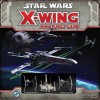
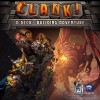









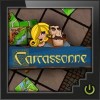

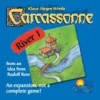



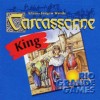







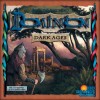
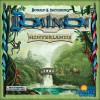

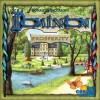

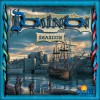






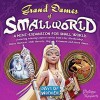
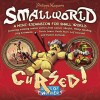




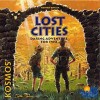












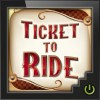

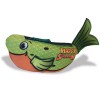
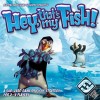


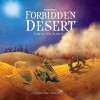




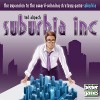



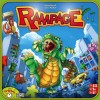


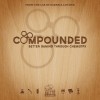

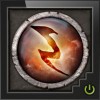





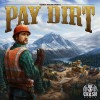
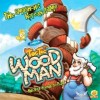

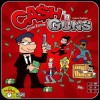

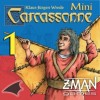
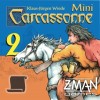

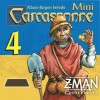
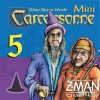
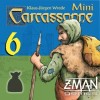

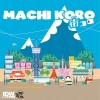


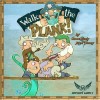









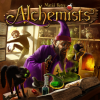




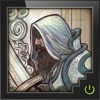
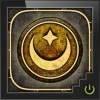




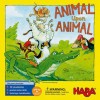



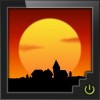
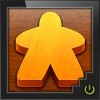

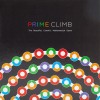




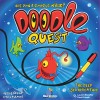
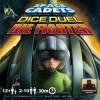





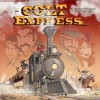







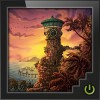

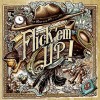
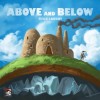



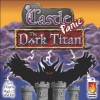


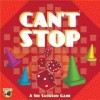










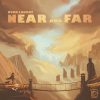












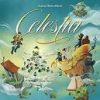

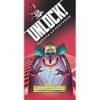


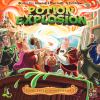


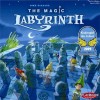
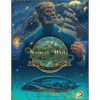
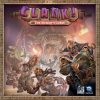


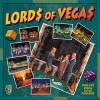


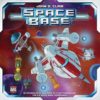
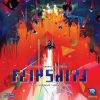
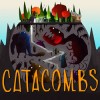


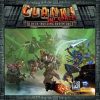


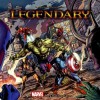







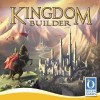


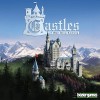

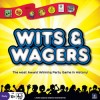

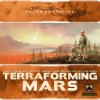

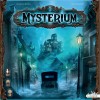

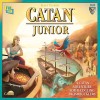
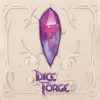













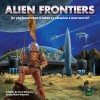
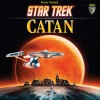





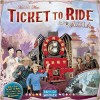

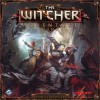
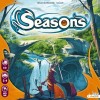

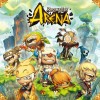




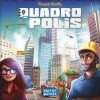




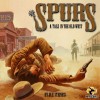

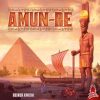

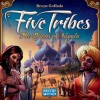




Pay Dirt
Overview
Pay Dirt is a game set on the Alaskan frontier. Each player takes on the role of a prospector mining for gold in the frozen north. To add to the excitement of gold mining, the players have made a gentlemen’s wager as to who will have the most gold at the end of the season. During each round, players compete for the limited equipment, land and staff available on the frontier. They use what they have or were able to acquire to try to process pay dirt into gold. If funds run low you can sell your gold to bolster your cash flow, but in the end only the gold matters when the ground freezes and the season ends.
Setup & Play Time
Each player is given a player board representing their mining camp, a greenhorn claim with three barren pay dirt tiles, 5 workers, and $9,000. In the center of the table, the main board and the rest of the materials are placed in the center of the table representing a nearby town where players will compete for mining resources. Set up takes around five to ten minutes.
I have now played this game a half dozen times. The first time took two hours since none of the four players were experienced with the game. The second game with two new players took an hour and a half. The others averaged an hour. So based on these experiences I would say that the hour to hour and a half is an accurate time range for this game with experienced players.
Components
5 Player boards
1 Main Board with a Thermometer
18 Equipment tiles (6 Excavators, 6 Loaders, 6 Wash Plants)
18 Personnel Cards
18 Claim tiles (6 layered Claims, 12 normal Claims, 4 Greenhorn Claim tiles)
14 Gear Tiles
44 Pay Dirt Tiles (20 Barren tiles [worth 2 – 4 nuggets], 12 Promising tiles [worth 3 – 5 nuggets], 12 Rich tiles [worth 4 – 6 nuggets])
30 Hardship Cards
50 Money tokens ($1k [30] and $3k tokens [20])
48 Wear cubes
55 Gold Nuggets (25 small worth 1, 30 large worth 5)
50 Worker meeples (10 each in five colors)
Head Miner token
Auction Token
Temperature token
Instructions / Learning Curve
The rules are laid out logically. It would be nice if there was a player reference sheet, but it is not hard to find what you are looking for.
Game Play
Pay Dirt plays out over a variable number of rounds (between 5 and 15). Each round is comprised of four phases: Auction, Work, Hardship, and Income. Rounds continue until the temperature marker reaches zero or below. When this happens players have one more opportunity to collect as much gold as possible before the ground freezes and a victor is decided.
Auction – In the auction phase a number of items are auctioned off equal to the number of players. The interesting part of this phase is that after the first auction, the category that the purchased item came from (Equipment, Personnel or Claims) becomes closed during the next auction. Get it while it’s hot. By closing part of the auction, you can close off a player from getting access to something that they need. This increases the strategy and fun.
Work – This is the “worker placement” part of the game. Each worker can be assigned to run equipment, repair equipment or gear, and go to town to: visit the supply store or the sales office. There is no restriction on the number of workers that can be assigned to any task so placement is simultaneous. Once all workers are placed, players take turns taking their actions.
Hardship – As an interesting twist, the player in last place (with the least gold) draws hardship cards equal to the number of players then chooses one to suffer, passing the remaining cards to the person in second to last place, etc. Once all the cards are distributed the start player reveals their card, moves the temperature down the indicated amount and suffers the effect of the card. Then each other player suffers the effect of their card (ignoring the temperature).
Income – The final phase of the round allows players to draw money from their cash reserves (normally $2,000). Then the start player marker is passed to the next player the auction and gear areas are refilled and play moves into the next round.
Expansions
As part of the Kickstarter campaign that printed this game three mini expansions were created: Old Timer 1899er, The Last Frontier, & Spectral. Each mini expansion comes with a set of equipment, 1 claim, 1 gear, and 1 personnel. If you get a KS edition they are included in the box. I assume that they will be available at some point to everyone that do not get this version of the game.
Final Thoughts
I have really enjoyed the games of Pay Dirt that I have played and look forward to getting it to the table more. One of my favorite games is Power Grid because I like the auction and tight economics of the game. This game captures a lot of what I love about Power Grid and adds a lot of new twists.
The scarcity of resources, constantly having to send workers to repair equipment and the steady drop in temperature all add to the excitement of the game. I know mining in the Klondike may not appeal to everyone, but I am an experienced miner and have worked in the aggregate and coal mining industries. With a few exceptions, the game represents the mining process very well and brings back fun memories.
I have enjoyed the game play that Pay Dirt has provided; how the auction is broken into three categories with only two of the three available at a time (adding interesting decisions and player interactions). How the gold/victory points are needed to be able to purchase the items you need and how you have to balance your score with your need for cash. Finally, though the players choosing the hardship that they will face makes little sense thematically, it adds tension to the game and creates difficult choices and a balancing act between keeping your operations running and not letting the other players get too far ahead as the temperature quickly drops.
I plan on “blinging” out my copy with tiny pieces of pyrite just to take this already great game up a notch.
Edit: The publisher for this game went out of business in early 2017. It may become hard to find.